To celebrate the October 13th release of my forthcoming debut novel, King of Shards, I will be featuring one new blog entry a day about a different Judaic myth for 36 days. Gut shabes! (Good sabbath!) Today’s entry is on the Sabbath Bride.
Day 5: The Sabbath Bride
On the seventh day of the week, the same day that God rested from his Creation, the Sabbath Bride is wedded to God. Who is the Bride? She is the Shekhinah, the Divine Presence. Before the wedding, she prepares herself and remains apart from all, away from the forces of evil, to purify herself and await her coronation. She adorns herself with a crown in preparation for the holy union with God. When the Sabbath begins, the Bride is escorted by angels in heaven and by the prayers of Israel down from on high into the presence of Israel, to be among the people. The people crown her with their prayers, and for this she gives them new souls, which adorn them during the Sabbath. Thus, during the Sabbath, the Skekhinah is reunited with the people of Israel, from whom she has been an outcast and exile since the destruction of the Second Temple, and because of their sins.
It is customary for rabbis to greet the Sabbath Queen as she descends from her lofty abode on the eve of the beginning of Sabbath. Just before the sun sets, as Sabbath is about to begin, the rabbis and their students dress themselves all in white, as if they are heading to a wedding. Out in the hills, facing the setting sun, they sing, “Lecha dodi likras kallah…” Come my Beloved to greet the Bride… They sing, “Come, O bride!, Come O bride!” in joyous celebration.
At the end of Friday night prayers, the wedding is complete, and the rabbis and their students return singing joyous songs of the heavenly merger. When the Sabbath ends on Saturday night, the Shekhinah returns to her place of exile in heaven, where she awaits the Messianic age, when she will be permanently reunited with the souls of the people of Israel and the world.
The Myth’s Origins
In the Talmud, Shabbat 119a, Rabbi Hanina robes himself in white, at the start of sunset of Sabbath eve, exclaims, “Come and let us go forth to welcome the queen Sabbath.” And Rabbi Jannai, waering the same white robes, shouted, “Come, O bride, Come, O bride!” Much of Jewish belief is predicated on the world being broken and needing repair, or tikkun, as we explored on in a previous entry. Since the destruction of the Second Temple in Jerusalem in 70 C.E. (See note on C.E. vs. A.D.), the Jewish people have understood themselves to be in diaspora, or exile, from their homeland. Even today, though the Jews have returned to Israel, the Shekhinah is in exile until the rebuilding of the Temple.
This exile of a people from their land is understood metaphorically through the Shekhinah. In Kabbalah, the Shekhinah is seen as the Feminine aspect of God, who is exiled from her lover, the male aspect of God, in the same way the Jews are exiled from their land, Israel. At around the 3rd century of the Common Era, the Shekhinah is viewed as a separate entity from God, and capable of influencing him. Often she defended humanity against harsh judgments from the Lord. But on Shabbat, a reunification happens. Peace fills the universe, and the Bride and Groom wed. All is whole, for a time. Shabbat, therefore, to the Jewish people, serves as a reminder not only of their exile, but of their eventual reunion in the Land of Israel.
The Zohar, the primary mystical Jewish text, expands on this idea by describing the Bride preparing and purifying herself before the wedding ritual in a private chamber. The union between Bride and Groom, Shekhinah and Lord, is understood to be sexual in nature. In this case the sexual union of two divine aspects of God, merging to form a more complete whole.
In the 16th century, the famous mystical rabbi Isaac Luria, the Ari, took his followers out into the hills of Safed, all dressed in white as if they were going to a wedding, to welcome the Sabbath Queen. They sung hymns and prayers to praise her, and many of these hymns and prayers continue to be part of the Sabbath service in Jewish communities today. For example, on Friday nights most synagogues will sing, “Come my Beloved to greet the bride…”
Some Thoughts on the Myth
I find it interesting to consider that this myth comes very close to polytheism. Jews believe in the unitary God, indivisible. And yet here we see God as having a Bride, that the divine being has two aspects that have been separated from one another. Some have explained this as being two different Sephirot, two of the ten divine aspects of God emanated during creation.
The Jews have been a people long in exile. After the destruction of the Second Temple in the year 70, they moved from land to land, often persecuted by the local populations. Seldom were they allowed to own property, and sometimes they were brutally murdered in pogroms. The hatred of the Jews culminated in the worst offense of the Holocaust. For a people long in exile, hoping for redemption from the one God, the exile of the Shekhinah from God served as a powerful metaphor for their own centuries of suffering. But on Shabbat, the one day of the week when the Shekhinah descends from on high to fill the hearts of the people, the suffering paused, and the people could taste the peace to come.
I find this a beautiful concept: our hope for some event far in the future is a good motivator for us, but periodically we must rest and appreciate what we have, here and now. This is the ultimate meaning of the Sabbath: to pause and reflect. The Sabbath Bride reuniting with God to bring peace upon the souls of the righteous reminds us that peace can also be found in this very moment, if we too pause to notice where we are, and how far we have come.
Tomorrow’s Myth: The Sounding of the Shofar
Note 1: Jews and historians generally use C.E. (Common Era) over A.D. (Anno Domini) and B.C.E. (Before the Common Era) over B.C. (Before Christ) since the latter ones refer to a Christian belief system and calendar. More info here.








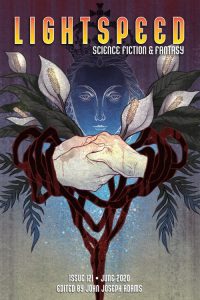





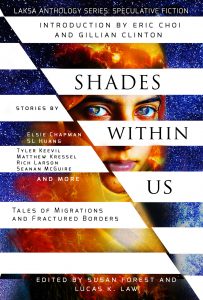














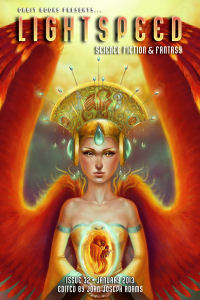





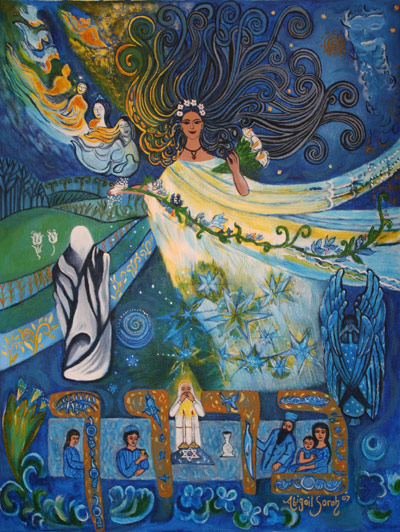

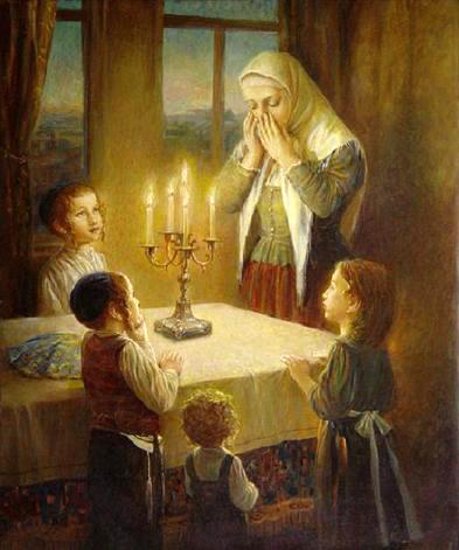
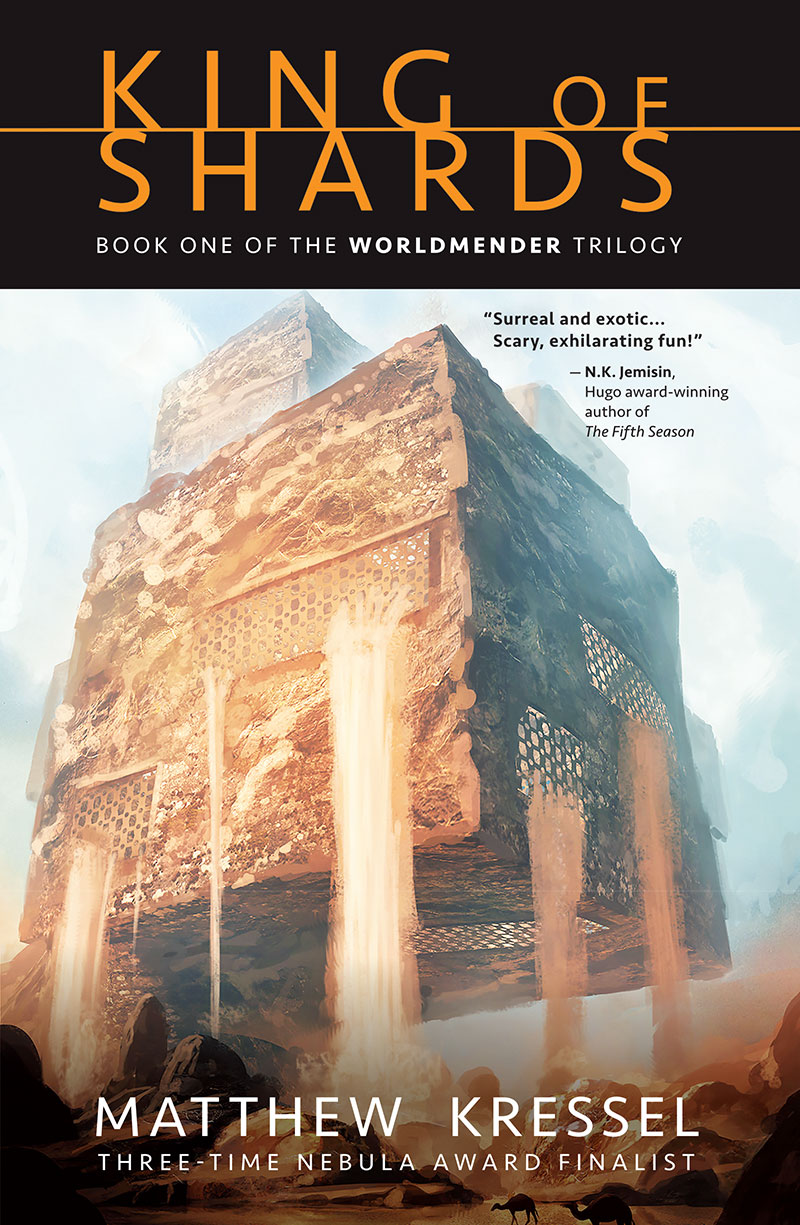
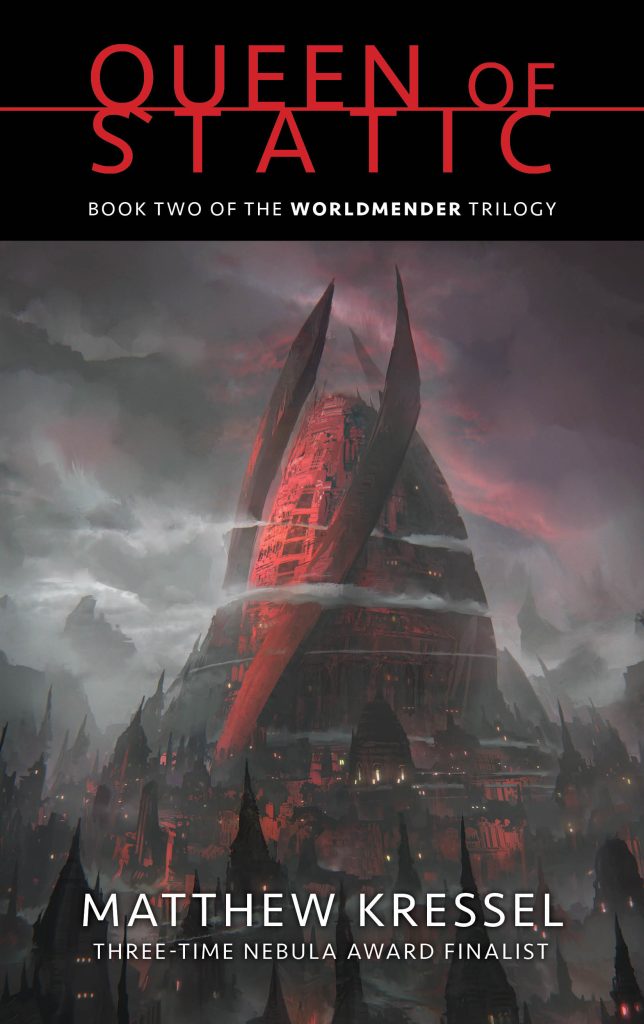

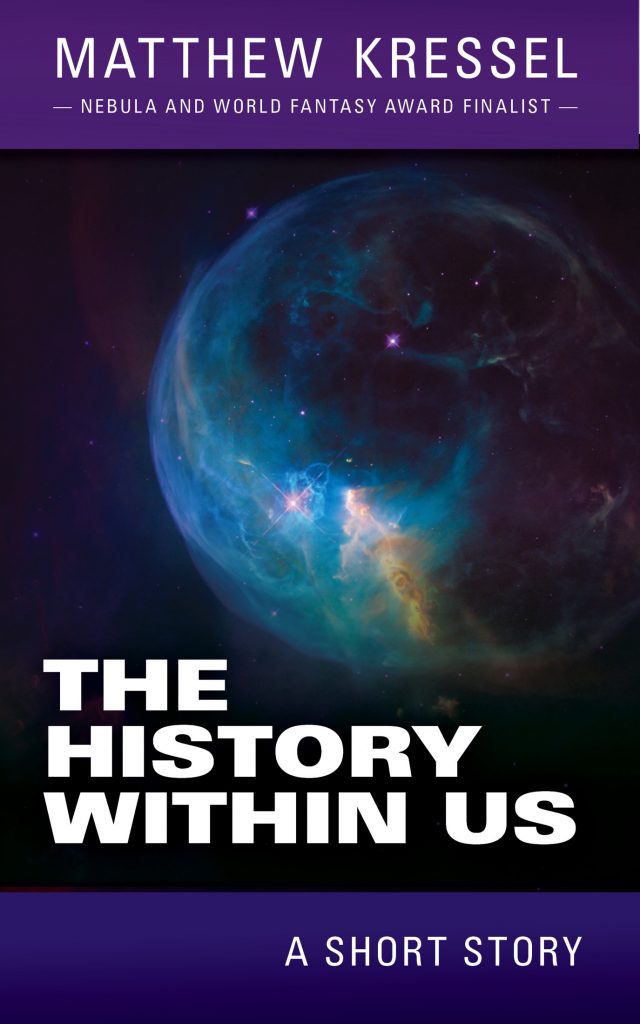
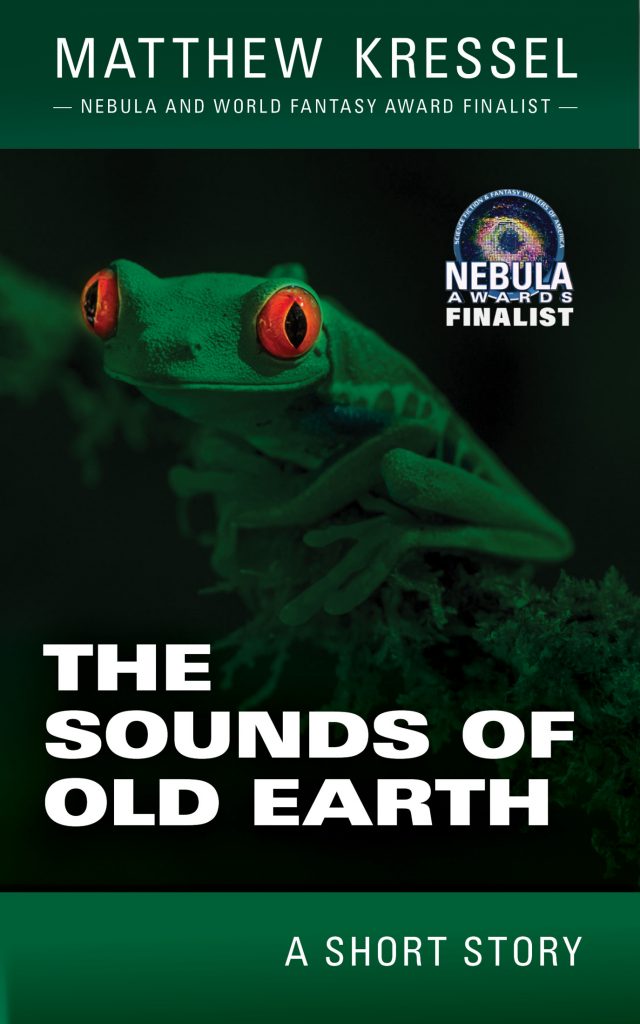
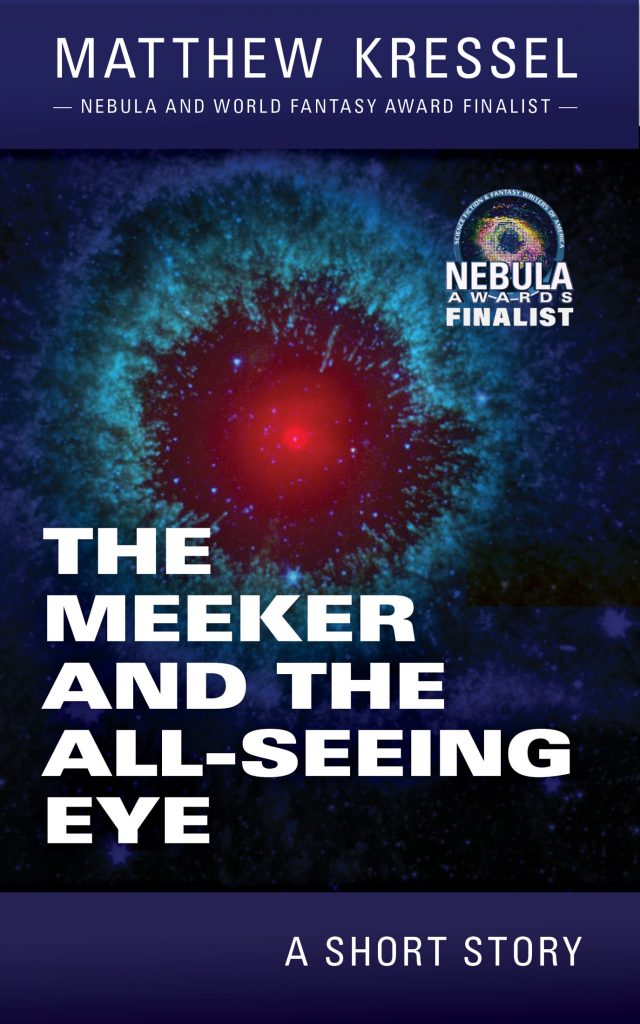

March 29, 2016 at 2:30 pm
As has been my experience with the Angel of Hashem, and the Angel of the Shekhinah, which Hashem says “She is my wife”, the Shekhinah is no myth. While some of the points that you make are mythical and self created, this is not. You should understand that words are very powerful, and before you make such claims, you should know for sure, as people will not learn properly, the Heirarchy is very important. As a married couple they are one, and that is all people really need to know. You insult the Shekhinah with your reference to myth. Please apologize to her and try to make this right.
March 29, 2016 at 2:39 pm
Thanks for your comment. First off, the word “myth” doesn’t necessarily connote a falsehood. That is only one definition of the word.
Secondly, I’m a writer and know full well that “words are very powerful.” But look, some people believe these myths are real and some don’t. I find them fascinating, but as for their veracity? Most seem highly suspect to me. So when you say, “you should know for sure,” by whom or what does one know “for sure” ? There are dozens of versions of these myths, and many of them contradict each other. I’m not trying to insult your beliefs — you are certainly welcome to them — but I’m not going to apologize for mine.
December 24, 2020 at 6:26 am
Why is the bride considered the part of God with shekinah ? Apart from God our Father, we cannot have the shekinah. Only Y’shua Ha Machiach can bring us back to him. We have to receive him first. He has come the first time. And as many as receive him he gave power, ( shekinah) to become the sons of God.